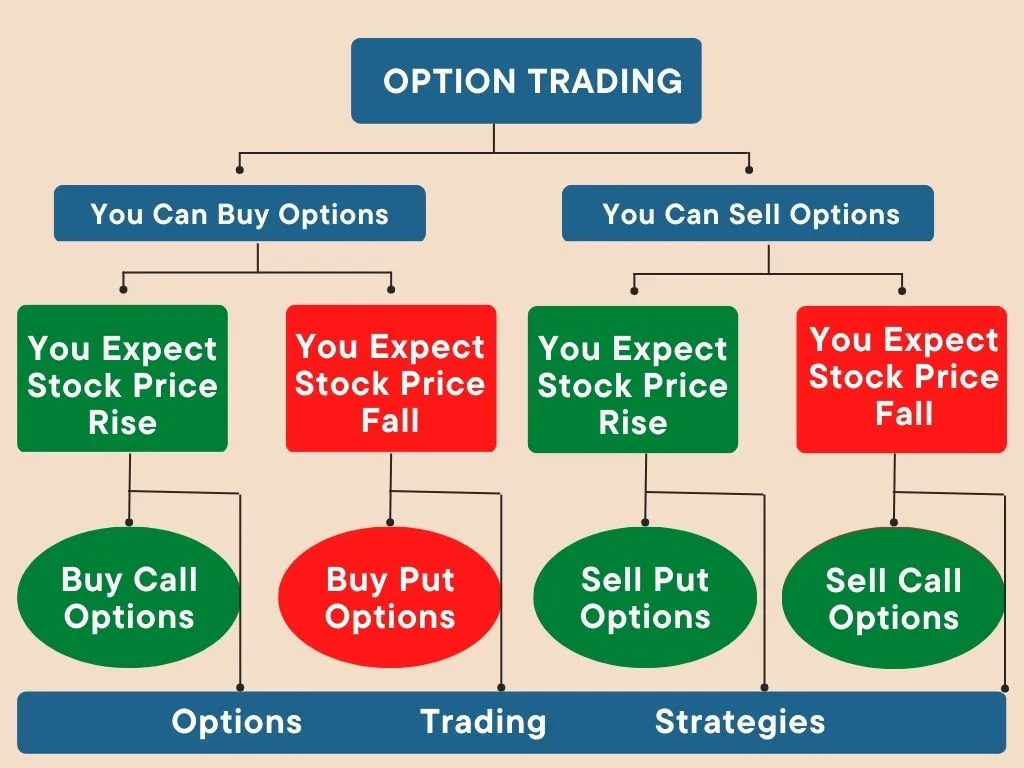Options trading is a powerful investment strategy that can help investors generate significant returns. However, it can also be a risky endeavor if not properly understood. This guide will provide a comprehensive overview of options trading, including its history, basic concepts, and real-world applications.

Image: changehero.io
What is Options Trading?
Options trading is a type of financial transaction that gives the buyer the right, but not the obligation, to buy or sell an underlying asset at a specified price on or before a certain date. In other words, it provides the buyer with the optionality to capitalize on favorable price movements without having to commit to the actual purchase or sale of the asset.
The price at which the buyer can exercise their option is known as the strike price, while the date on which the option expires is known as the expiration date. The buyer of an option pays a premium to the seller in exchange for this optionality. The premium is determined by several factors, including the underlying asset’s price, the strike price, the time to expiration, and the market’s volatility.
Types of Options
There are two main types of options: calls and puts. A call option gives the buyer the right to buy the underlying asset at the strike price on or before the expiration date. A put option, on the other hand, gives the buyer the right to sell the underlying asset at the strike price on or before the expiration date.
Each type of option can be further classified into two categories: in-the-money and out-of-the-money. An in-the-money option is an option whose strike price is favorable to the buyer in the current market conditions. For example, an in-the-money call option has a strike price below the current market price of the underlying asset. An out-of-the-money option, on the other hand, is an option whose strike price is unfavorable to the buyer in the current market conditions. For example, an out-of-the-money call option has a strike price above the current market price of the underlying asset.
Benefits of Options Trading
There are several benefits to options trading, including:
- Leverage: Options trading allows investors to gain exposure to a greater number of shares than they could afford to purchase outright. This leverage can magnify potential returns but also amplify potential losses.
- Flexibility: Options trading provides investors with the flexibility to tailor their investment strategy to their individual risk tolerance and time horizon. Investors can choose from a variety of options contracts with different strike prices and expiration dates.
- Income generation: Options trading can be used to generate income through the sale of options premiums. This strategy is known as options writing and can be used to supplement an investor’s regular income stream.
- Risk management: Options trading can be used to manage risk in an investment portfolio. For example, investors can use options to hedge against potential losses in their underlying investments.

Image: www.ispag.org
Risks of Options Trading
While options trading can be a powerful investment tool, it also comes with significant risks. These risks include:
- Loss of premium: The buyer of an option loses the entire premium paid if the option expires out-of-the-money. This is because the option has no value once it expires worthless.
- Leverage risk: The leverage provided by options trading can magnify potential losses as well as potential returns. This means that investors can lose more money than they originally invested in an options trade.
- Time decay: Options lose value over time as the expiration date approaches. This is because the option’s premium reflects the time value of the optionality it provides. The closer the option gets to expiration, the less time value it has left.
- Volatility risk: Options are sensitive to changes in the volatility of the underlying asset. Increased volatility can cause options prices to fluctuate more rapidly, which can lead to significant losses for investors.
Options Trading Definition Economics

Image: voxt.ru
How to Get Started with Options Trading
If you’re interested in getting started with options trading, it’s important to understand the risks involved and to do your research before you trade. You should also consider working with a qualified broker who can help you develop and implement an options trading strategy that is right for your individual needs.






